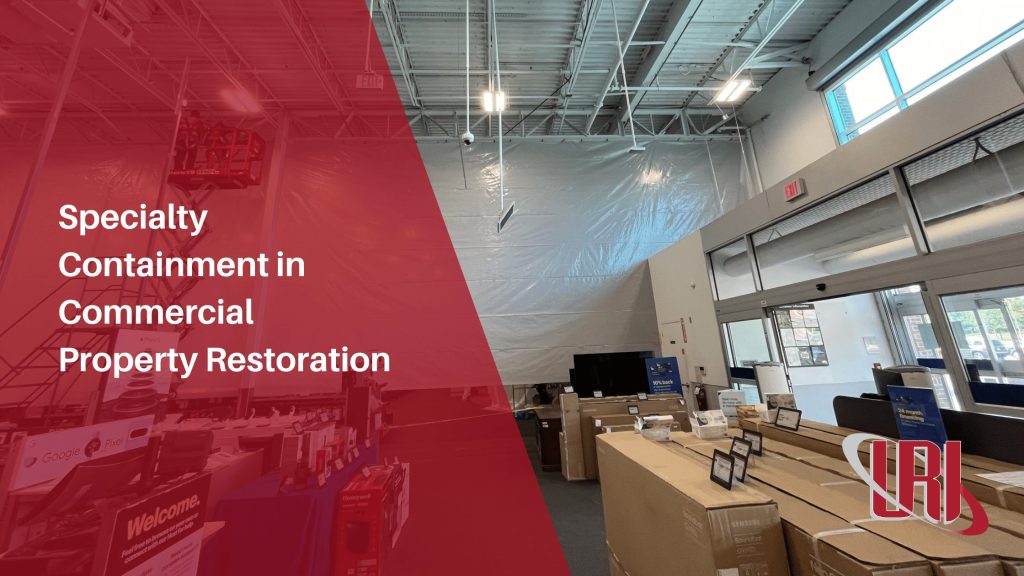
Commercial property restoration often presents unique challenges due to the scale and complexity of the structures involved. One crucial aspect that plays a significant role in the restoration process is specialty containment. This technique is essential for managing hazards, ensuring safety, and facilitating efficient restoration work. Let’s dive into what specialty containment is, its importance, and how it’s utilized in commercial property restoration projects.
Specialty containment refers to the use of physical barriers and control measures to isolate and contain specific areas within a commercial property. This is typically done to prevent the spread of contaminants, dust, and debris during restoration or remediation activities. These barriers can be temporary or semi-permanent structures, and they are designed to protect both the work environment and the building’s occupants.
A primary reason for using specialty containment is to protect the health and safety of workers and building occupants. During restoration projects, particularly those involving mold, asbestos, lead, or other hazardous materials, containment prevents these substances from spreading to other areas. This minimizes exposure risks and ensures a safer working environment.
Regulatory bodies, such as the Occupational Safety and Health Administration (OSHA) and the Environmental Protection Agency (EPA), have strict guidelines for handling hazardous materials. Specialty containment helps restoration companies comply with these regulations, avoiding legal issues and potential fines.
For commercial properties, especially those that need to remain operational during restoration, specialty containment can help minimize disruption. By isolating the work area, businesses can continue their operations with little to no interruption, maintaining productivity and revenue flow.
Containment is crucial for preventing cross-contamination. By creating a controlled environment, restoration professionals can ensure that unaffected areas of the property remain clean and safe, reducing the scope and cost of the restoration project.
Soft containment typically involves the use of plastic sheeting and zip walls. These materials are used to create temporary barriers that can be quickly erected and dismantled. This type of containment is ideal for short-term projects and areas where flexibility is required.
Hard containment involves the use of more rigid materials, such as corrugated plastic sheeting, temporary wall panels, drywall, or plywood, to create semi-permanent barriers. This method is used for longer-term projects or in situations where a more durable barrier is needed.
Negative air pressure containment involves the use of air filtration devices to create a negative pressure environment within the contained area. This ensures that any airborne contaminants are drawn into the filtered area and do not escape into the surrounding spaces. This method is particularly effective for managing mold remediation and asbestos abatement, or general construction dust in occupied or sensitive spaces.
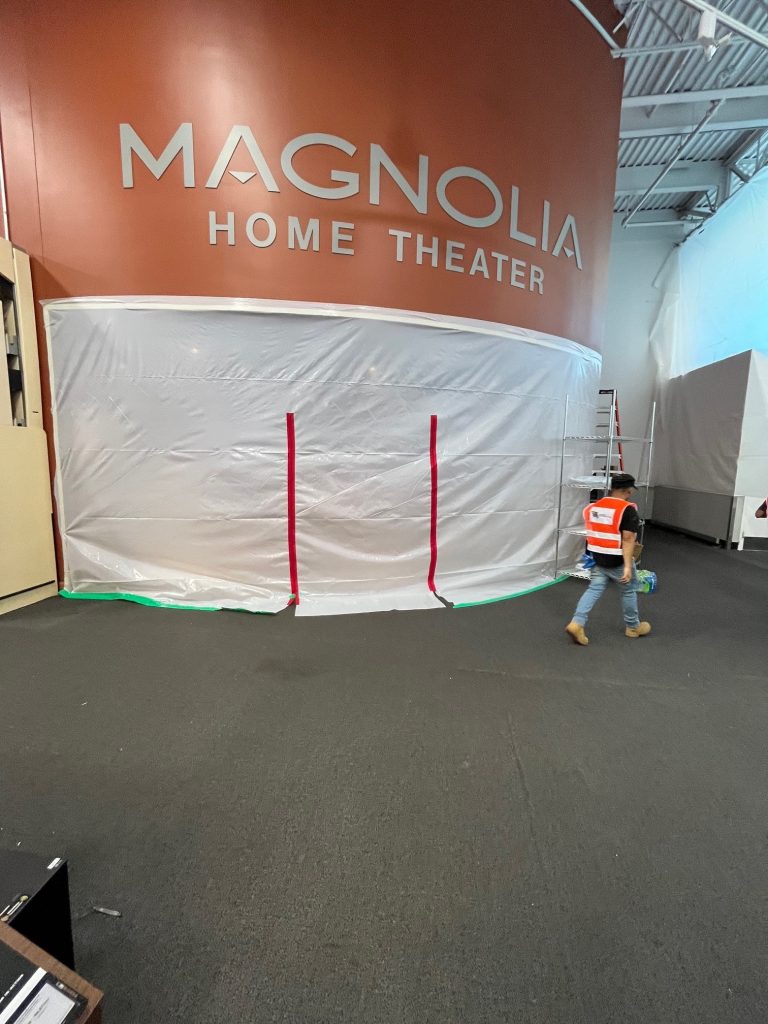
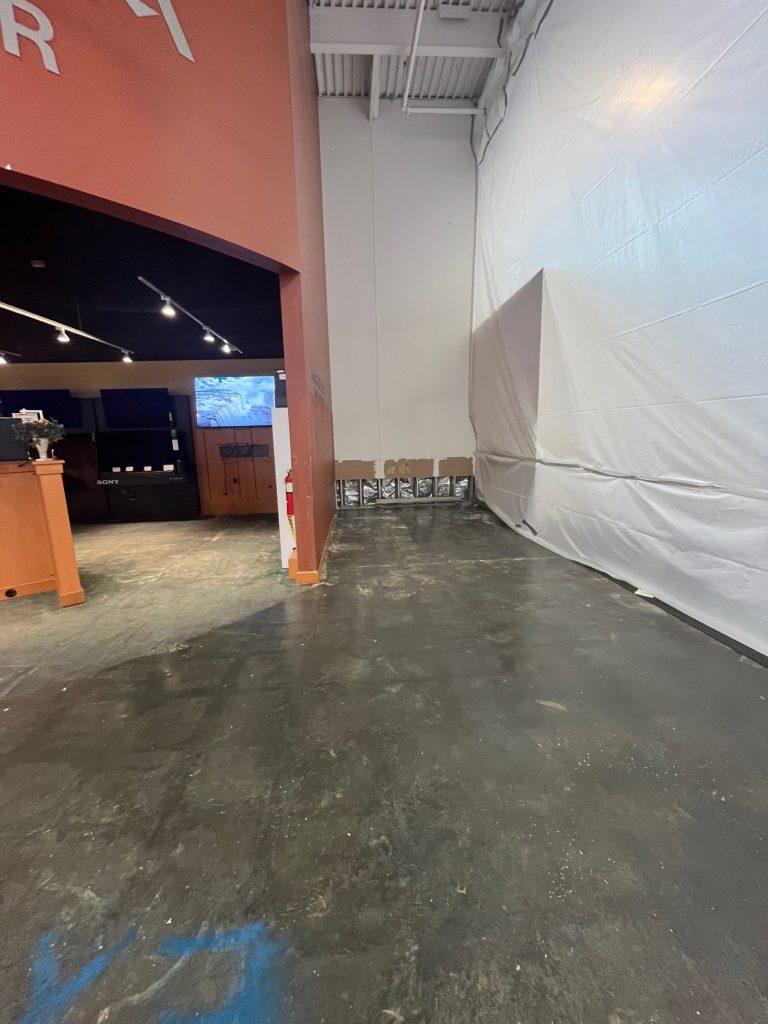
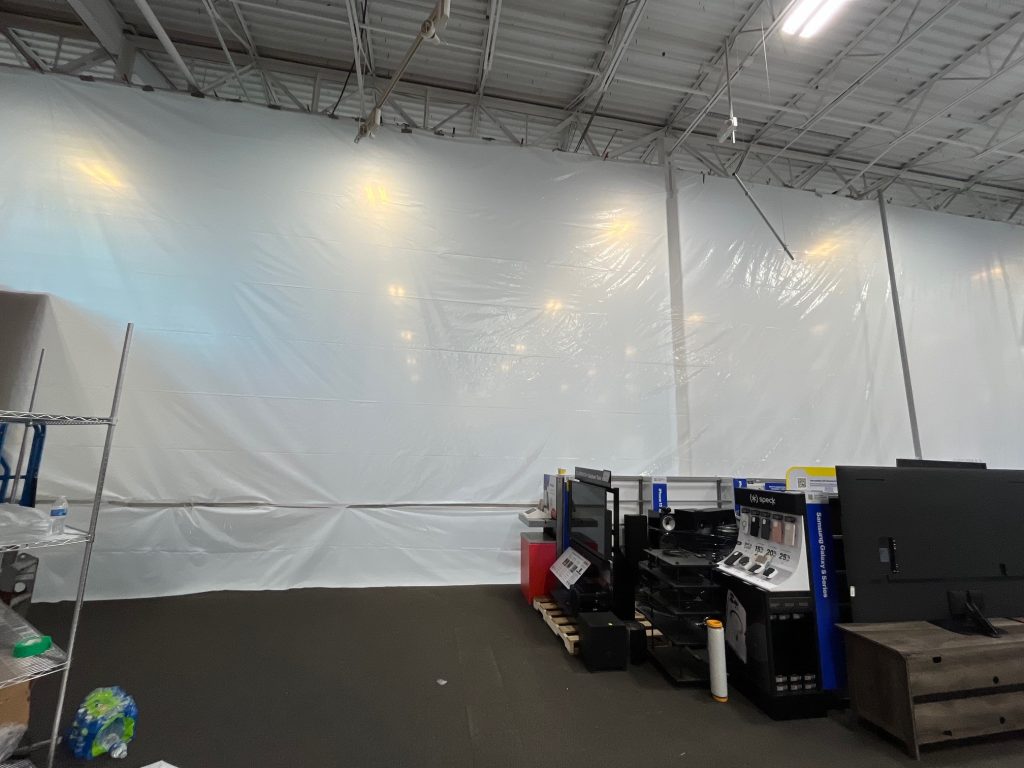
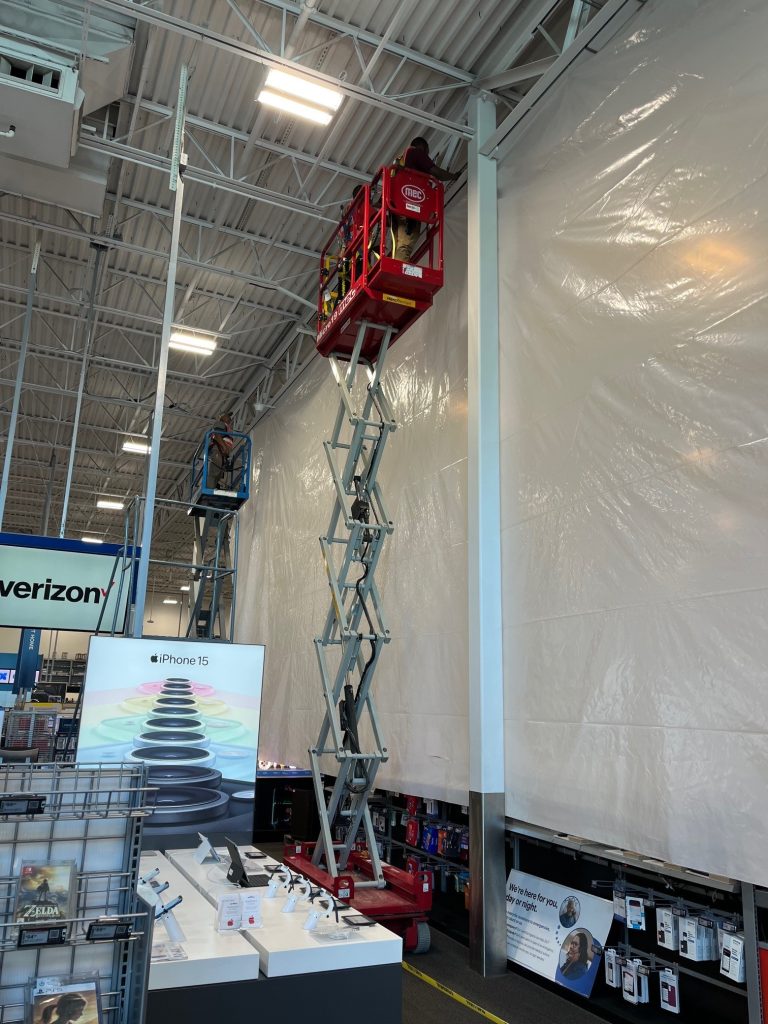
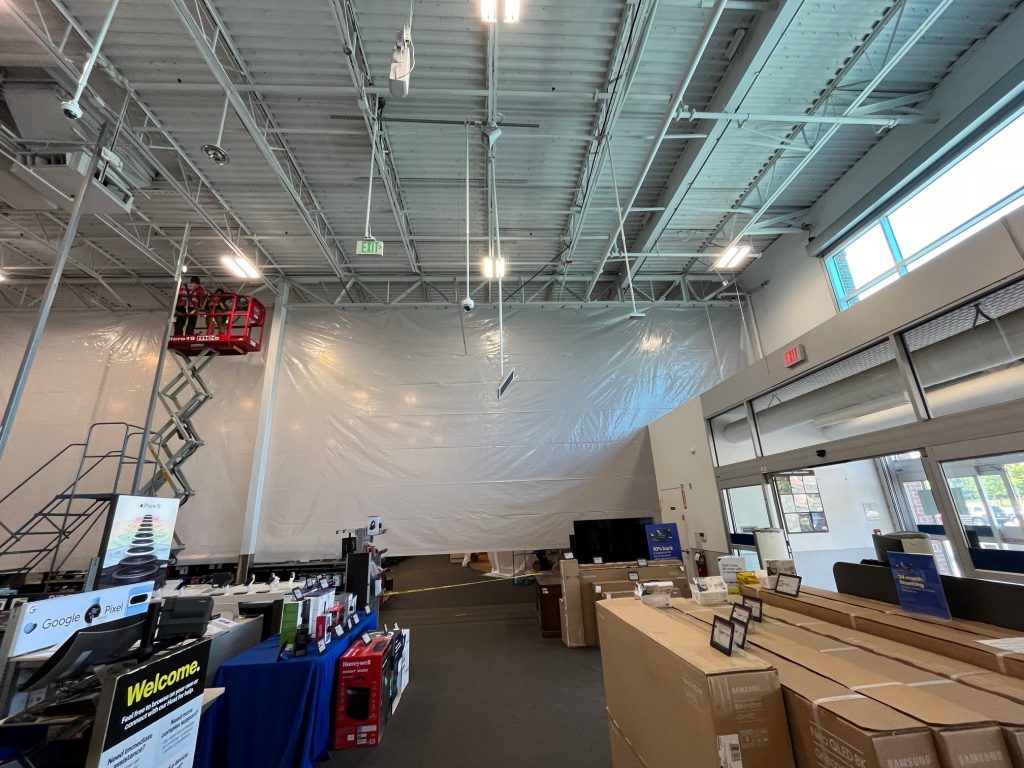
Mold can spread quickly and poses significant health risks. Specialty containment is used to isolate mold-affected areas, preventing spores from contaminating other parts of the building. Negative air pressure containment is often employed to enhance the effectiveness of the isolation.
Asbestos fibers are hazardous when inhaled. During asbestos removal, specialty containment ensures that fibers do not escape the work area. Hard containment combined with negative air pressure systems is commonly used to maintain a safe environment.
After a fire, soot and smoke residues can permeate a building. Containment barriers help to isolate the affected areas, allowing restoration professionals to work efficiently without spreading contaminants to clean areas.
Water damage can lead to mold growth and structural issues. Containment helps manage the restoration process by isolating the water-damaged areas, reducing the risk of secondary damage and speeding up the drying process.
Specialty containment is an essential component of commercial property restoration, providing numerous benefits from safety and compliance to efficiency and cost savings. By understanding and implementing the right containment strategies, restoration professionals can ensure successful project outcomes while safeguarding the health of key stakeholders.
The commercial property restoration experts at URI are well-versed in specialty containment solutions. Whether it’s a component of a larger-scale project or a specific service you’re looking for a team of professionals to implement – We’re On It! Call our 24/7 Emergency Response Hotline to connect with a member of our team today: 888.327.9664